What is our primary use case?
We do have a couple of applications for one of our customers. We are involved in performance testing and engineering of those applications. We use New Relic in multiple areas. It's used to monitor infrastructure in this use case. We capture the metrics around the utilizations on the infrastructure.
We do also identify bottlenecks of the services or the calls, which are causing high response times.
Those are two key areas where we have been using New Relic. We have been able to identify calls that are causing a lot of performance issues in the overall application, and then that, in turn, helps us to see what can be tuned to bring the performance to a better state.
What is most valuable?
It's a build-down feature, so you have the option to drill down when a call is being received. It further drills down the method level and shows which particular method or hit is actually causing the performance issue.
It's a common feature for all APM tools. That is the key benefit of any APM tool - it helps you to understand and get to the bottom of the issue or the root cause at the earliest possible time.
The solution offers good documentation.
It's pretty easy to set up.
What needs improvement?
Real-user monitoring would be helpful as it would help me to really understand the client-side performance of the application. Maybe for whatever reason, we have not got to explore a similar kind of feature in New Relic.
For how long have I used the solution?
I've been working with the solution for a year.
What do I think about the stability of the solution?
The stability is good. There are no bugs or glitches. It doesn't crash or freeze.
What do I think about the scalability of the solution?
The solution is scalable. The deployment is not done by us; however, when we have to add new services or new components, it is pretty easy. The turnaround is also pretty quick.
Our team just accesses the client's New Relic tool. It's typically just used by performance testers and engineers. It also sometimes gets used by architects as well the development team. From our side, we have three people working on the solution.
How are customer service and support?
While my understanding is they do provide technical support, I've never needed to reach out to them. I can't speak to how helpful or responsive they would be.
Which solution did I use previously and why did I switch?
I'm more familiar with the likes of Dynatrace, AppDynamics, and New Relic.
We are just getting into a scenario where we might end up using AppDynamics. Otherwise, I haven't used anything before New Relic in a similar way.
How was the initial setup?
From a documentation standpoint, it is pretty straightforward to set up New Relic assets. The infrastructure isn't that complex. To be honest, we haven't been involved in setting it up from an infrastructure setup standpoint. We have more consumers from which we use a setup that has been done to identify bottlenecks.
There's no specific maintenance that's been required unless they've changed endpoints which would need to be configured. It is something that's natural. When we do changes to the application and change endpoints, we'll have to configure the right endpoint. Otherwise, from a maintenance standpoint, given it's cloud and it's a storage medium, it doesn't need any major maintenance activity.
What about the implementation team?
The customer tends to handle the deployment process.
Which other solutions did I evaluate?
I've done some research, more towards trying to understand various features. The customer, however, decides what tool to use. I don't really have the authority to compare anything and make suggestions.
That said, when it comes to New Relic against AppDynamics against Dynatrace, or for that matter, Datadog, there are a few which have a higher price and provide richer UI. We did not really end up seeing a very major difference except in terms of monitoring.
What other advice do I have?
We are likely working with the latest version of the solution.
The product has been pretty easy, and it is quite user-friendly in terms of trying to understand it. New Relic looks more at observability as a key factor. With it, you have front-end observability and back-end observability. My suggestion to others would be to go over them and also see if they can look at getting the documentation that's available to explore New Relic and then start with it that way so that it's easier for them to get started.
The other part is once they are used to New Relic, they can also look into a bootcamp that's run by New Relic, or a workshop. If they could attend it and then go into New Relic, that would be easier. They do have certifications as well which would also validate the knowledge that they gain on New Relic.
I'd rate the solution eight out of ten.
Which deployment model are you using for this solution?
Public Cloud
Disclosure: I am a real user, and this review is based on my own experience and opinions.

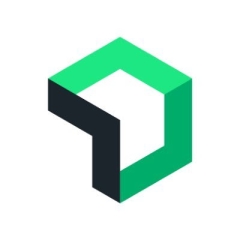


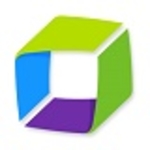
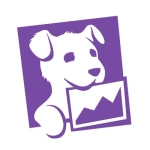
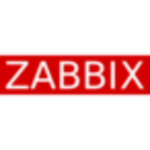









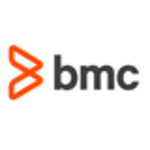


I have seen NetScout has a proactive predictive alerting and view capability. We liked that it could do these individually by what they call SERVICES that is a grouping of things like URL and Database Names and Middleware transactions sort of like by company application or APP-OPS group. It takes like a week before predictive alerts started popping up, I think it was baselining what was normal for program calls and responses and times for each kind and network volume and errors and stuff. I figures out somehow when users are going to start noticing. It has a security component too for like new servers coming on line or servers offering new services and the like, we did not really look into all that other capability though. It did not have WHAT-IF function though on predictions though.